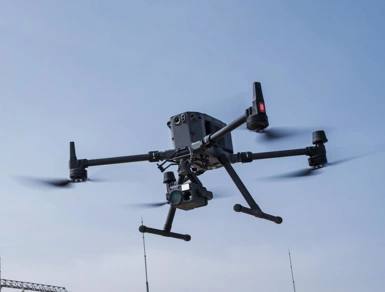Total Stations
Total Stations are the modern evolution of the manual Theodolite. They will provide precise and accurate measurements that allow all construction projects to be positioned and built according to the engineers design. Total Stations have the capability of tracking objects as well as being used manually to take measurements. This allows them to be used for advanced tasks such as monitoring the movement of structures over time, or tracking a bulldozer as it grades earthworks on a construction site.
GPS/GNSS Systems
The introduction of GPS as a survey tool around 30 years ago revolutionised the survey industry. Real-time GNSS instruments allow surveyors to accurately and instantly know their position anywhere on the planet. The range of applications for this technology is vast, including archaeology, geology, construction, forestry, cartography and many more. The number of GNSS satellites in orbit is increasing all the time, making this technology more reliable, robust and key to the survey industry.
Laser Scanning
Terrestrial Laser Scanning is becoming a go-to method for surveyors. Laser Scanners have the ability to collect 3D data of an environment with a very high degree of accuracy and incredible speed. The data captured by scanners can be used to recreate buildings and environments digitally, which is invaluable as a tool for refitting, designing, and managing buildings. Along with the latest software suites, laser scanner data is often used to create a digital twin of a facility, enabling virtual interaction and analysis.
Aerial Survey
The latest addition to GAP Survey & Safety, Drones have revolutionised surveying tasks by offering aerial views of complex environments. Equipped with high-resolution cameras and sensors, drones can capture detailed imagery and data from above, allowing for a comprehensive analysis of large and inaccessible environments quickly and efficiently.
Explore GAP’s complete range of Survey & Safety tools here.
If you require any Geospatial tools for your upcoming project, or if you have any questions, contact our experts at survey@gap-group.co.uk.





